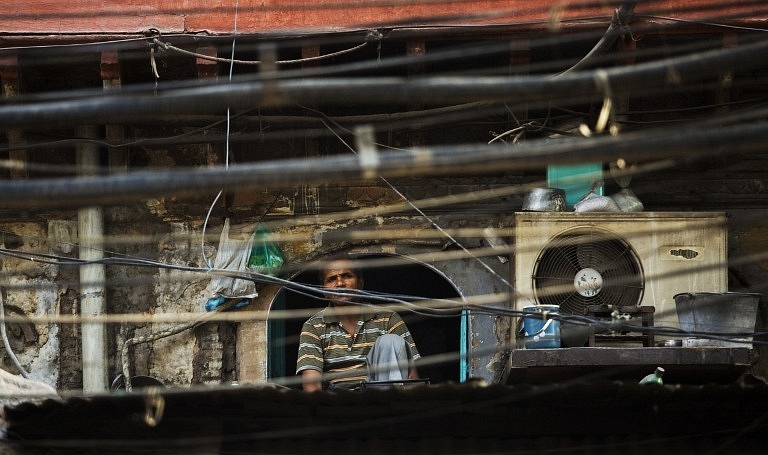Columns
Wired To Shock And Burn

The Indian State is casual and callous about quality control of imported electrical equipment.
One of the most important ‘safety of life’ related judgments that emerged from India’s Supreme Court in my humble estimation pertained to that of fire prevention and adherence to some basic minima of safety in fighting fires — as is supposed to be adhered to by school managements all over India. This was an outcome of a very severe fire in a school in Kumbakonam, Tamil Nadu, and another fire in a school in Dawali, Haryana, years ago.
Between these two fires, over 500 people, mostly school children, lost their lives. The Supreme Court judgement provides ample reading material about these school fires as well as other fires, caused mostly due to sub-standard electrical equipment and wiring.
Arguably the most important part of the verdict is a directive to schools and educational institutions to ensure that ISI certified electrical wiring and gadgets be used. Very well said and done. A question arises: when was the last time that any of you saw or used a modern electrical gadget with an ISI stamped cord? Should be a while — simply because the ISI specification for these gadgets, now, no longer exists in a manner that can be adhered to! When was the last time any of you saw internal wiring carrying an ISI mark? Again, should have been a while back, because the ISI specifications as applicable are no longer being implemented.
The reason these ISI specifications are not being implemented are along two broad lines:
- The wiring or gadgets are imported, and there appears to be no agency involved in ensuring that anything imported adheres to ISI specifications, for goods coming to India.
- In some cases, new generation gadgets are simply not covered under the relevant ISI specifications, so the manufacturers happily evade adherence.
This column is going to be short and succinct because such a serious matter is being treated so casually. Incidentally, under WTO (previously GATT) and other international trade regimes, it is up to the importing country to insist on adherences and compliances as applicable in the importing country—an aspect the justice delivery system in India is very quiet about. Before we blame the exporting country, often China, be aware that China’s own mandatory electrical compliances for equipment, wiring and gadgets used in China are as severe as those in place for the EU. But if the importing county, India for example, demands and buys junk, then who are they to complain?
Great judgement, lousy implementation? The reality goes much deeper.
The reality is that the assortment of authorities involved in imports and certifying of imports have always worked towards making imports easier than domestic manufacturing. So, for example, the argument goes that India does not have the wherewithal to send inspectors to factories abroad to certify the wiring used. Amazing, because other countries do random sampling and inspection of inward import shipments, and if the samples inspected are found not adhering to their domestic requirements, the whole shipment is rejected and sent right back. Why can’t we do that in India?
Another reality is that the quality of wiring used is decided by the Indian importer. This is in the form of easily detectable communications between buyer and manufacturer. The Indian importers can be made responsible for ensuring that the manufacturer is told that there exist Indian ISI standards, and this is documented as well as kept in records as self certification. Does this happen? It doesn’t.
Finally, in many other countries, electrical and electronic items come with built-in insurance in the form of extensive warranties for the life of a product — life being anything between five and fifteen years. Barring a few specific brands like Belkin and Bose, this writer has not seen anything like a warranty-cum-insurance on electrical and electronics imported.
Meanwhile, with another hot summer beginning, more electrical fires are expected. It would therefore be interesting to find out if, for example, if all wiring at the Supreme Court itself adheres to ISI and BIS standards or not?
Support Swarajya's 50 Ground Reports Project & Sponsor A Story
Every general election Swarajya does a 50 ground reports project.
Aimed only at serious readers and those who appreciate the nuances of political undercurrents, the project provides a sense of India's electoral landscape. As you know, these reports are produced after considerable investment of travel, time and effort on the ground.
This time too we've kicked off the project in style and have covered over 30 constituencies already. If you're someone who appreciates such work and have enjoyed our coverage please consider sponsoring a ground report for just Rs 2999 to Rs 19,999 - it goes a long way in helping us produce more quality reportage.
You can also back this project by becoming a subscriber for as little as Rs 999 - so do click on this links and choose a plan that suits you and back us.
Click below to contribute.
Latest